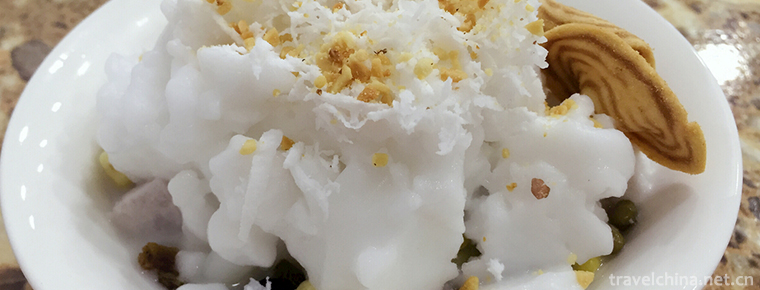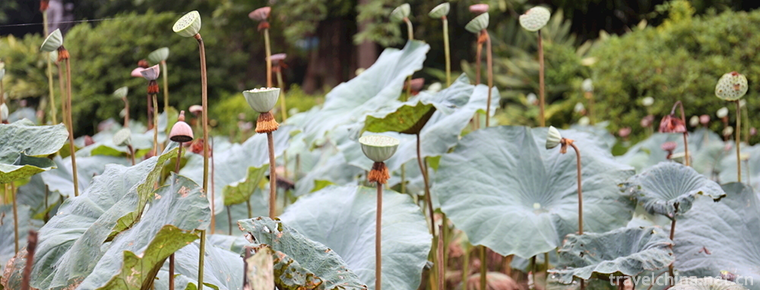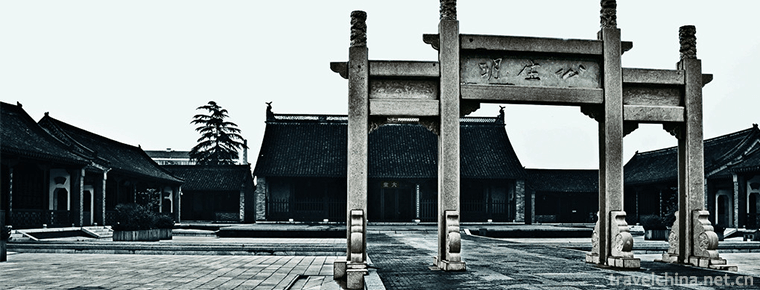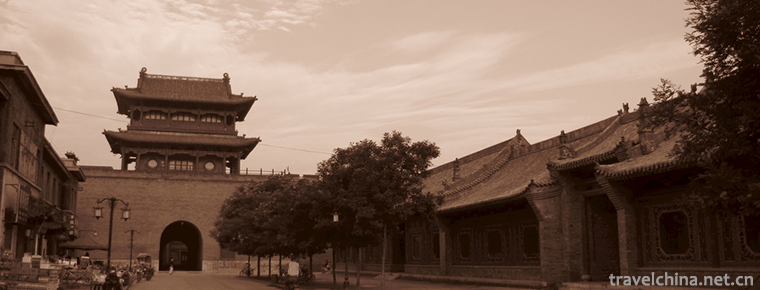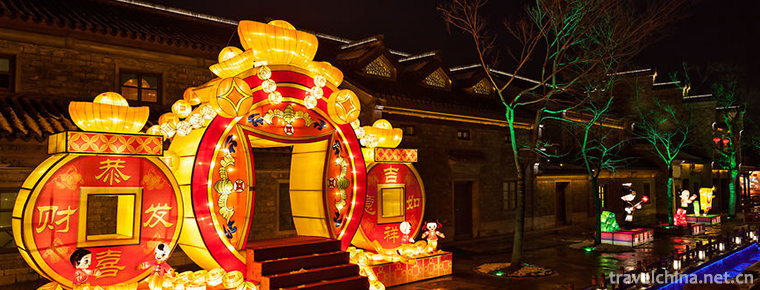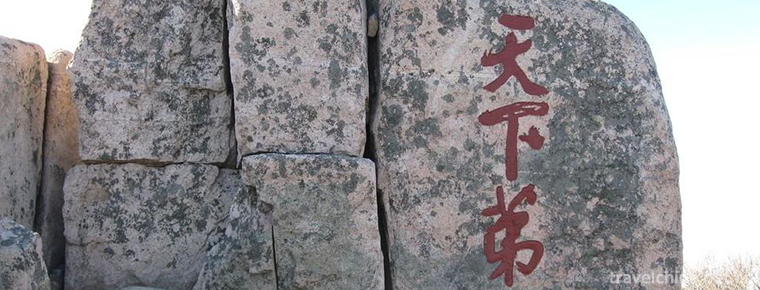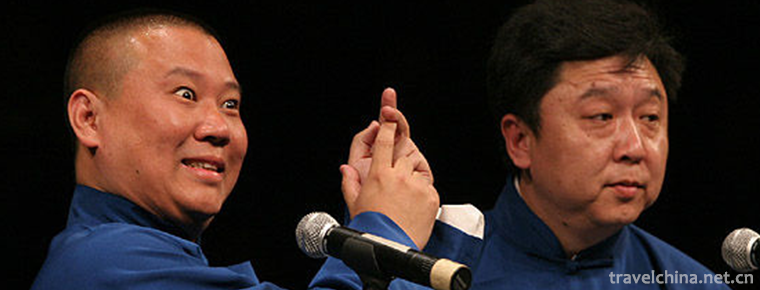Qinghai Han Minority Folk Minor
Qinghai Han Minority Folk Minor
Qinghai Han folk minor is one of the genres of Chinese folk songs. Generally speaking, it refers to folk songs and dances popular in town fairs. Through the spread of the past dynasties, and through more artistic processing, it has the characteristics of balanced structure, regular rhythm, delicate melody and gentle. There are many popular folk songs, such as ditties, slang, alley ballads, village ditties, folk decrees, popular songs, tunes, silk tunes, silk chords and so on.
In 2011, Qinghai Han folk minor was listed in the third batch of national intangible cultural heritage list with the approval of the State Council.
In May 2011, the Qinghai Han folk minors declared by Xining City of Qinghai Province were listed in the third batch of national intangible cultural heritage list with the approval of the State Council.
historical origin
The minor reflects a wide range of social life. It is not restricted by a specific social stratum and specific working environment. It reflects not only peasants, but also the love and marriage, separation and love, love and love, local customs, entertainment games, natural common sense, folk tales of various strata, such as urban small handicraftsmen and other workers, businessmen, citizens and even geisha, peddlers and pawns, monks and nuns, vagrants and beggars. Almost everything.
The emergence and development of minor has gone through a long period of time. Some narrative chapters in the Book of Songs have bred some factors of this genre. Xianghe Song in Han Dynasty is a form of singing accompanied by silk and bamboo. It is obviously different from apprenticeship ballads (such as solo songs). Xianghe Song can be said to be one of the sources of minor tunes. During the Wei, Jin and Southern and Northern Dynasties, folk songs of Yuefu appeared in time series, such as Midnight Four Seasons Song, Five Turns from the Army, Moon Festival Following Yangliu Song, from which we can see several kinds of traditional minor tunes widely spread in later generations, such as Four Seasons, Wugeng and December's body structure principle. By the Sui and Tang Dynasties, more folk songs were selected and refined, and became part of rap, singing and dancing performances, called tunes, which was also the early form of minor genres. After the Song and Yuan Dynasties, with the increasing prosperity of China's urban economy, minor has entered a mature stage of all-round development. On the one hand, many folk tunes introduced from the vast countryside to the city have become part of minor tunes through singing and processing by artists. On the other hand, Xiaoling and Santao, which rose in the Yuan Dynasty, gradually diverged from the stringent Southern and Southern Songs in the same style to meet the needs of the citizen class in the process of dissemination, and became a popular, smooth and graceful song that still retained the name of the song.
artistic characteristics
Qinghai Han folk minor is one of the genres of Chinese folk songs. Minor tune is a general term used only recently. Minor, also known as "ditty", "slang" and "tune of the hour", is a folk song used to express feelings, entertainment and recreation in people's daily life, as well as in wedding and funeral festivals. Because there are professional artists and semi-professional artists'singing, and they are inextricably linked with opera and opera, so there are more processing and refining components, less improvisation of words and songs, more stereotyped, more mature and perfect in art. So the minor is relatively widespread, covering cities and towns, and its content extensively involves the lives of people from all walks of life. Rural minor reflects rural daily life, especially the love and marriage life of rural women. Urban minor reflects the life of small handicraftsmen, businessmen, citizens, prostitutes and beggars at the bottom of society, as well as entertainment and play, natural scenery, life knowledge and folk stories. The minor shows delicate and tortuous feelings, regular forms and rich and varied expression techniques. According to different contents, minors can be divided into four categories: Lyric songs, funny songs, nursery songs and folk songs.
Most minors belong to the form of subsection song, a song with multi-paragraph words, often using four seasons, five gens, twelve-hour time series, multi-side, more detailed statement content. In order to meet the needs of multi-paragraph words, the melody expresses a certain mood (soft, sad or happy) concisely, with strong melody, fluent melody, tactful twists and turns, rich and changeable melody lines and strong expressive force. The performance of Meihu in Qinghai is different from that of Qin Opera. In Qinghai, the performance of Qin Opera is based on the singing, music and work of Shaanxi Qin Opera, often with the guidance of the "authentic Qin Opera" master. Meihu Opera, on the other hand, has a strong local flavor. Especially the Qinghai dialect, which is used for voicing words and making sentences, singing and speaking Bai, has absorbed many folk minors and flat-string music, and is more welcomed by the Qinghai people.


-
Ching Bo Leung
The word "cool" in Hainan dialect can be pronounced as "Yin Shang Sheng", which is homonymous with the two words used as weight unit. It is the soup of old fire for clearing heat a.
Views: 223 Time 2018-11-05 -
Three Water Lotus World
Foshan Sanshui lotus world is the largest lotus scenic spot in the world with the richest variety resources. It integrates architecture, sculpture, Dutch, mobile games, hotels and catering.
Views: 166 Time 2018-12-18 -
Huaian Government Office
Huai'an government office is located in Huai'an City, Jiangsu Province, which is a national AAAA tourist attraction. It is located in Dongmen Street, Huai'an District, the old city of Huai'an, north o.
Views: 91 Time 2019-01-17 -
Pingyao Ancient City Scenic Spot
Pingyao Ancient City is located in Pingyao County, central Shanxi Province. It was founded in Xuanwang Period of Western Zhou Dynasty (827-782 BC)..
Views: 144 Time 2019-02-07 -
Zhaozhou Bridge
Zhaozhou Bridge, also known as Anji Bridge, is situated on the Juanhe River in Zhaoxian County, Hebei Province. It spans more than 37 meters across the river. Because all the bridges are built of ston.
Views: 178 Time 2019-03-17 -
Printing and Dyeing Techniques of Blue Printed Cloth
The printing and dyeing technology of blue printed cloth is a kind of anti-dyeing and printing method of indigo printed cloth. The dye is extracted from Polygonum multiflorum..
Views: 231 Time 2019-05-11 -
Qinhuai Lantern Festival
Qinhuai Lantern Festival, also known as Jinling Lantern Festival and Confucius Temple Lantern Festival, is a popular folk cultural activity in Nanjing. It is mainly held from Spring Festival to Lanter.
Views: 148 Time 2019-06-10 -
She Nationality Medicine
She medicine is mainly distributed in Jingning She Autonomous County of Zhejiang Province and in some mountainous areas of Fujian and Jiangxi provinces. She nationality has no written language and is .
Views: 128 Time 2019-06-14 -
Legend of Mount Tai
Taishan legend is one of the folk legends in Shandong Province. According to legend, the history of the Theocracy of Taishan God in charge of life and death can be traced back to the pre-Qin period. A.
Views: 194 Time 2019-06-18 -
Cross talk
Crosstalk is a folk art of rap and singing. It takes the form of speaking, learning, teasing and singing to highlight its characteristics. Famous cross talk performers include Zhang Shouchen, Ma Sanli.
Views: 230 Time 2019-07-03 -
Red Army ferry scenic spot in Cangxi County
Cangxi Red Army ferry is located in Cangxi County, Sichuan Province. There is an ancient ferry by the Jialing River in Tashan Bay 3 km southeast of Cangxi city. Close to the mountain and by the water, the terrain is very dangerous, the rocks are steep, and the trees are green. Jialing River from north to south, beautiful scenery..
Views: 306 Time 2020-11-08 -
Nanchong transportation
In 2019, the total mileage of Nanchong highway is 23100 km, including 574.06 km of expressway. The highway freight turnover was 10.921 billion ton kilometers, down 1.6% from 2018, and the highway passenger transportation turnover was 2.511 billion person kilometers, 17.7% lower than that in 2018..
Views: 342 Time 2020-12-17
